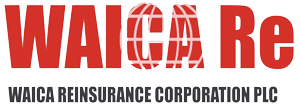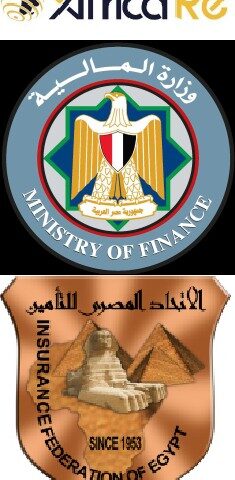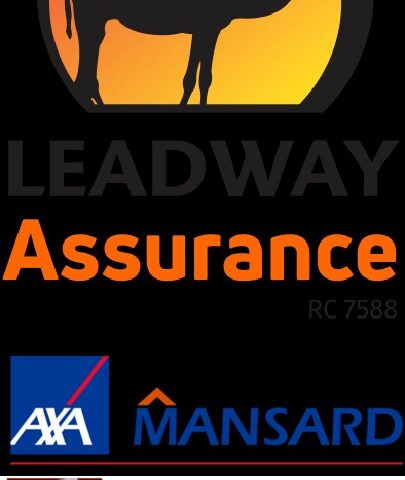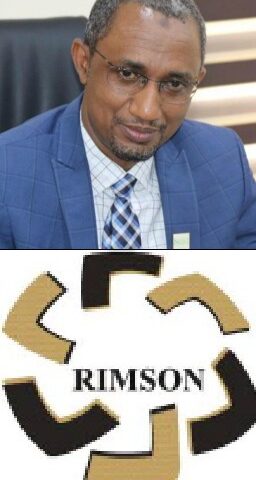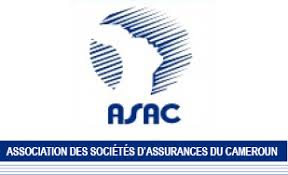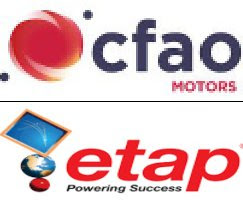By admin
The first half of 2022 is estimated to be the highest level of weather-related losses, which, globally, reached $65 billion in the period, of which slightly more than 50% were covered by re/insurance, according to Munich Re.
The reinsurer’s H1 2022 natural disaster review examines a period dominated by weather-related catastrophes in numerous parts of the world.
Overall, events in the period drove economic losses of $65 billion, which is down on last year’s $105 billion, with insured losses staying roughly the same at approximately $34 billion, reports Munich Re.
In terms of insured losses, the costliest event was the extreme rainfall and floods in eastern Australia at a provisional $3.7 billion, with economic losses from this event totalling $6.6 billion. Record levels of rainfall occurred in parts of Queensland and New South Wales, with some areas recording their highest flood peaks since 1893.
However, the U.S. dominates the loss figure for H1 2022, with overall losses reaching a significant $28 billion, of which $19 billion were insured. This means that the U.S. accounts for more than 82% of the economic loss total from natural disasters in H1 2022, and almost 56% of the insured loss total
According to Munich Re, the main driver of the losses in the U.S. relates to a single severe thunderstorm front that produced tornadoes in April, destroying asset worth more than $3 billion, of which around 75% were insured. The fact the majority of losses occurred in the U.S., which has a higher take-up of insurance when compared with other parts of the world, is a reason that the insured loss proportion of the overall loss is higher this year than compared with last year.
Munich Re notes that this is “a perfect example of how high insurance density can help absorb the economic shocks of natural disasters.”
However, in other, emerging parts of the world, insurance penetration remains dangerously low, and this includes parts of the Asia-Pacific region, which were also hit by major disasters in the first six months of this year.
This includes a magnitude 7.3 earthquake that struck of the east of the main island Honshu in Japan, which drove insured losses of $2.8 billion and total losses of $8.8 billion. In total, Munich Re finds that the Asia-Pacific region accounted for $22 billion of total economic losses from nat cats in H1 2022, of which $8 billion were insured.
The difference between insured and economic losses (known as the protection gap) from natural disasters in the Asia-Pacific and the U.S. is clear, and is becoming more apparent as climate change, and its impacts accelerate.
“The recently published IPCC report warned of the need for insurers to adapt their loss models to adequately assess the changing risk. Loss prevention is a fundamental component in mitigating the economic effects of climate change. It is therefore extremely worrying that insurance penetration in developing and emerging nations is stagnating at well below 10%, and that even in industrial countries there is much room for improvement,” said Torsten Jeworrek, Member of the Board of Management, Munich Re.
Elsewhere, Europe experienced extreme heat and dry conditions that led to water scarcity and wildfires, notably in Spain, Portugal, and Italy.
“What used to be warm days will be hot days, what used to be hot days will be extremely hot days. Droughts and wildfires are a direct consequence of this,” said Ernst Rauch, Chief Climate Scientist at Munich Re, and head of the Climate Solutions Unit.
Europe also felt the force of winter storms through H1 2022, which brought hurricane-force winds to parts of the continent, notably in England, Ireland, Belgium, the Netherlands, Germany, and the Baltic coast. Munich Re pegs the overall cost from these storms at $5.2 billion.
The greatest humanitarian tragedy witnessed in H1 2022 was the 5.2 magnitude earthquake in Afghanistan, which claimed the lives of roughly 1,200 people.
Overall, Munich Re reports that some 4,300 people lost their lives in natural disasters in the first half of 2022, which is up on 2021.
“They may all be individual events with different causes, but taken together, one thing is becoming extremely clear: the powerful influence of climate change is becoming ever more evident! And the consequences for people across the world are becoming ever more palpable. The IPCC has made an even clearer diagnosis, stating that weather-related disasters such as heatwaves, torrential rainfall or droughts on a warmer Earth will increase in both frequency and intensity. Heatwaves will tend to last longer and bring more extreme temperatures. This will differ from region to region – in Europe it will be the south that is hit hardest,” added Rauch.


